Did you know that Māori communities are at the forefront of pioneering environmental conservation in New Zealand? This remarkable effort is reshaping how national parks are managed, emphasizing sustainability and cultural preservation. As New Zealand faces increasing environmental challenges, the role of Māori in protecting and managing national parks is more crucial than ever. This article delves into the unique strategies employed by Māori communities, the economic and cultural significance of these efforts, and their implications for business and policy in New Zealand.
Understanding the Māori Connection to New Zealand's National Parks
Māori have an intrinsic connection to the land, or whenua, which is deeply embedded in their cultural identity. This relationship is not merely spiritual but also practical, as the land provides resources for survival and community well-being. The concept of kaitiakitanga, or guardianship, plays a vital role in how Māori approach environmental stewardship. This perspective promotes sustainable management of natural resources, ensuring they are preserved for future generations. Through treaty settlements and co-governance arrangements, Māori have gained more influence over the management of national parks, allowing for a unique blend of traditional knowledge and modern conservation techniques.
Case Study: Te Urewera
Te Urewera, once a national park, is a striking example of Māori-led environmental management. In 2014, it was granted legal personhood, acknowledging its intrinsic value and recognizing its importance to the Tūhoe people. This groundbreaking decision shifted the management of Te Urewera from the Department of Conservation to a board comprising both Tūhoe and Crown representatives. The Tūhoe's approach focuses on restoring biodiversity and fostering a deep connection between people and the environment. This model has shown that integrating indigenous knowledge with contemporary conservation practices can lead to more sustainable outcomes.
Māori-Led Conservation: A Comparative Analysis
Globally, indigenous communities are increasingly recognized for their vital role in environmental conservation. In Canada, for example, First Nations have successfully co-managed parks, leading to enhanced biodiversity and cultural preservation. Similarly, in Australia, Aboriginal groups are involved in land management, using traditional fire practices to prevent wildfires. These cases highlight the potential for indigenous-led conservation to offer innovative solutions to environmental challenges. New Zealand's unique legal framework, which supports Māori rights and interests, provides a robust foundation for Māori to lead conservation efforts.
How Māori Conservation Practices Work: A Deep Dive
The success of Māori conservation efforts lies in their holistic approach, which integrates cultural values, traditional knowledge, and modern science. The practice of rāhui, or temporary bans on resource use, is a traditional method used to allow ecosystems to recover. Additionally, Māori-led initiatives often involve the community in decision-making processes, ensuring that conservation strategies align with local needs and values. This participatory approach fosters a strong sense of ownership and responsibility, enhancing the effectiveness of conservation efforts.
Data-Driven Insights: Economic and Environmental Impact
According to Stats NZ, the tourism industry contributes significantly to New Zealand's economy, with national parks attracting millions of visitors annually. Māori-led conservation efforts not only enhance the ecological health of these parks but also add cultural value, enriching the visitor experience. A study by the Ministry of Business, Innovation and Employment (MBIE) found that incorporating Māori cultural elements into tourism could increase visitor spending by up to 20%. This highlights the potential economic benefits of integrating Māori perspectives into environmental management.
Challenges and Opportunities in Māori Conservation Efforts
Despite their successes, Māori conservation efforts face several challenges. Funding constraints and the need for capacity building are significant hurdles. Additionally, balancing economic development with environmental preservation requires careful management. However, these challenges also present opportunities for innovation and collaboration. By fostering partnerships between Māori communities, government agencies, and private sectors, there is potential to develop sustainable economic models that support conservation goals.
Pros and Cons of Māori-Led Conservation
Pros:
- Cultural Preservation: Enhances cultural heritage and identity.
- Community Engagement: Encourages local participation and empowerment.
- Innovative Practices: Integrates traditional and modern conservation methods.
- Economic Benefits: Increases tourism revenue through cultural tourism.
Cons:
- Funding Challenges: Limited financial resources for large-scale projects.
- Regulatory Complexity: Navigating legal frameworks can be challenging.
- Balancing Interests: Aligning diverse stakeholder goals requires negotiation.
Common Myths About Māori Conservation Efforts
Myth: Māori conservation is solely based on traditional practices.
Reality: Māori conservation efforts integrate traditional knowledge with modern science, creating innovative solutions for sustainable management.
Myth: Māori-led conservation is not economically viable.
Reality: Incorporating Māori cultural elements into tourism can significantly increase visitor spending, as evidenced by MBIE research.
Myth: Māori lack the capacity for effective environmental management.
Reality: Māori communities have demonstrated successful management of significant conservation areas like Te Urewera.
Future Trends in Māori-Led Conservation
As the world increasingly recognizes the value of indigenous knowledge in environmental management, Māori-led conservation efforts are likely to gain more support and recognition. The New Zealand government is expected to continue fostering partnerships with Māori communities, integrating their perspectives into national conservation strategies. By 2030, it is predicted that Māori will play a pivotal role in shaping New Zealand's environmental policies, leveraging their unique insights to address pressing ecological challenges.
Conclusion
Māori communities are leading the charge in protecting New Zealand’s national parks, offering a model of sustainable and culturally informed conservation. By integrating traditional knowledge with modern practices, they are not only preserving the environment but also enhancing New Zealand's cultural and economic landscape. As New Zealand continues to face environmental challenges, the lessons learned from Māori conservation efforts will be invaluable in shaping future policies and strategies. What’s your take on the role of Māori in environmental conservation? Share your insights below!
People Also Ask (FAQ)
- How does Māori conservation impact New Zealand's economy? Māori conservation enhances cultural tourism, potentially increasing visitor spending by up to 20% (Source: MBIE).
- What are the biggest misconceptions about Māori-led conservation? One myth is that it relies solely on traditional methods, but it effectively integrates modern science (Source: Te Urewera case study).
- What upcoming changes in New Zealand could affect Māori conservation? By 2030, increased government partnerships with Māori communities could significantly influence environmental policy.
Related Search Queries
- Māori conservation efforts
- Te Urewera management
- New Zealand national parks
- Indigenous environmental practices
- Cultural tourism in New Zealand






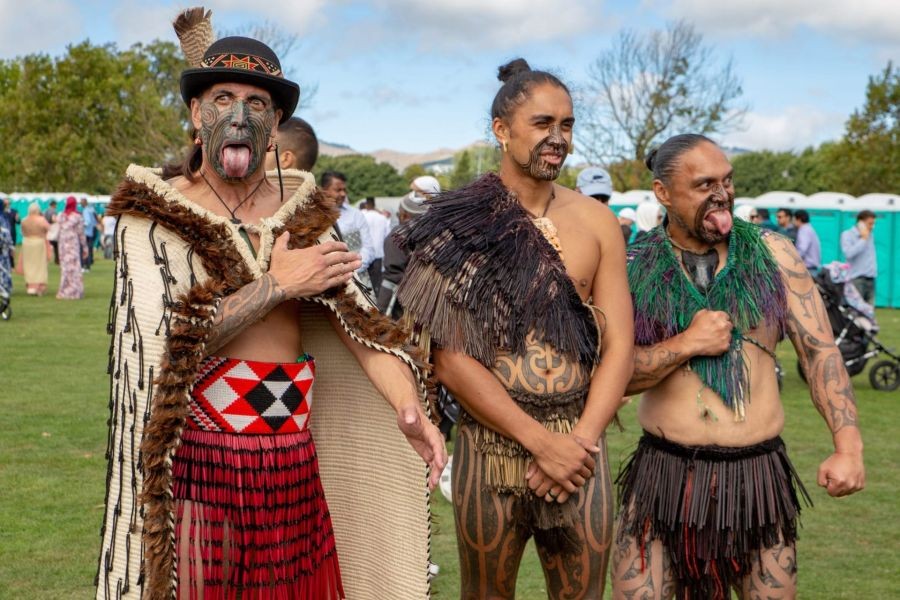





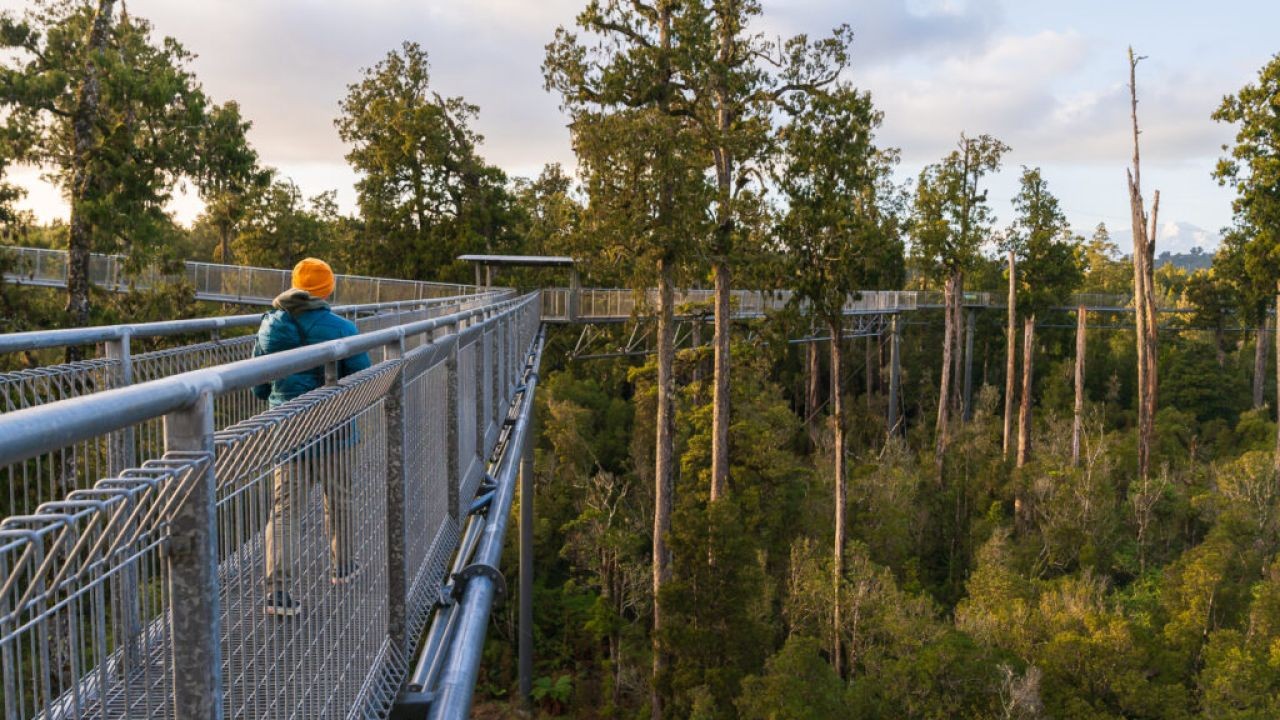

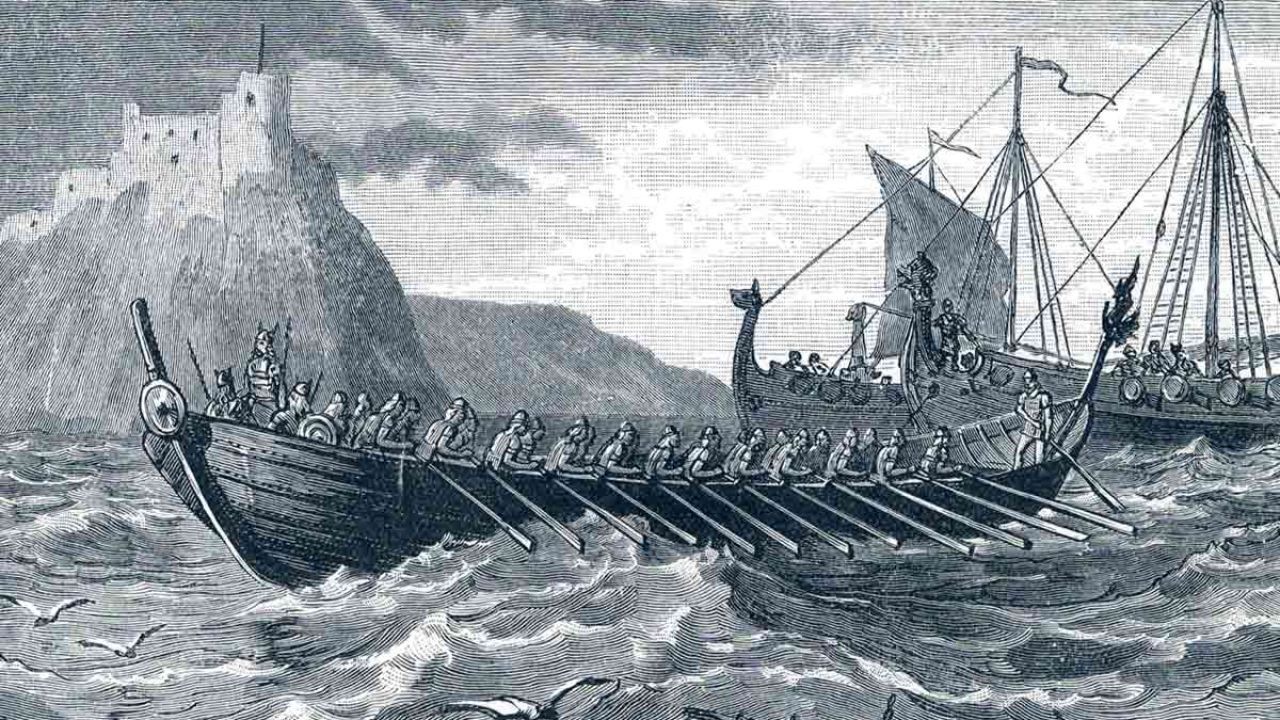
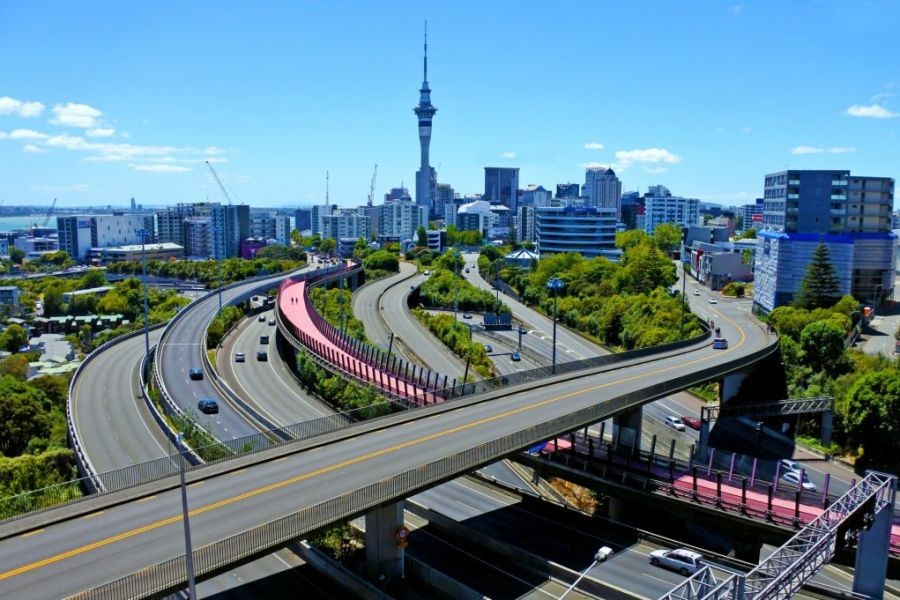


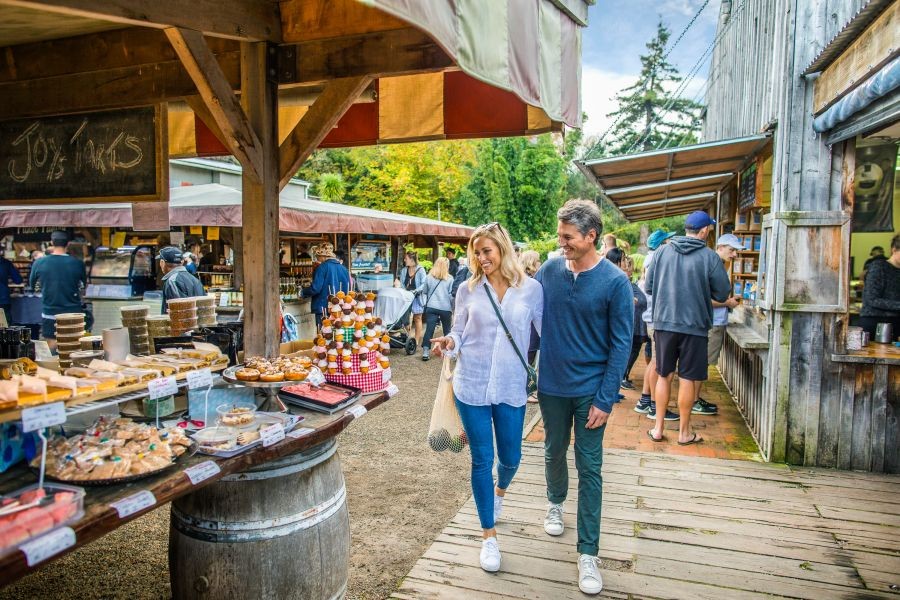






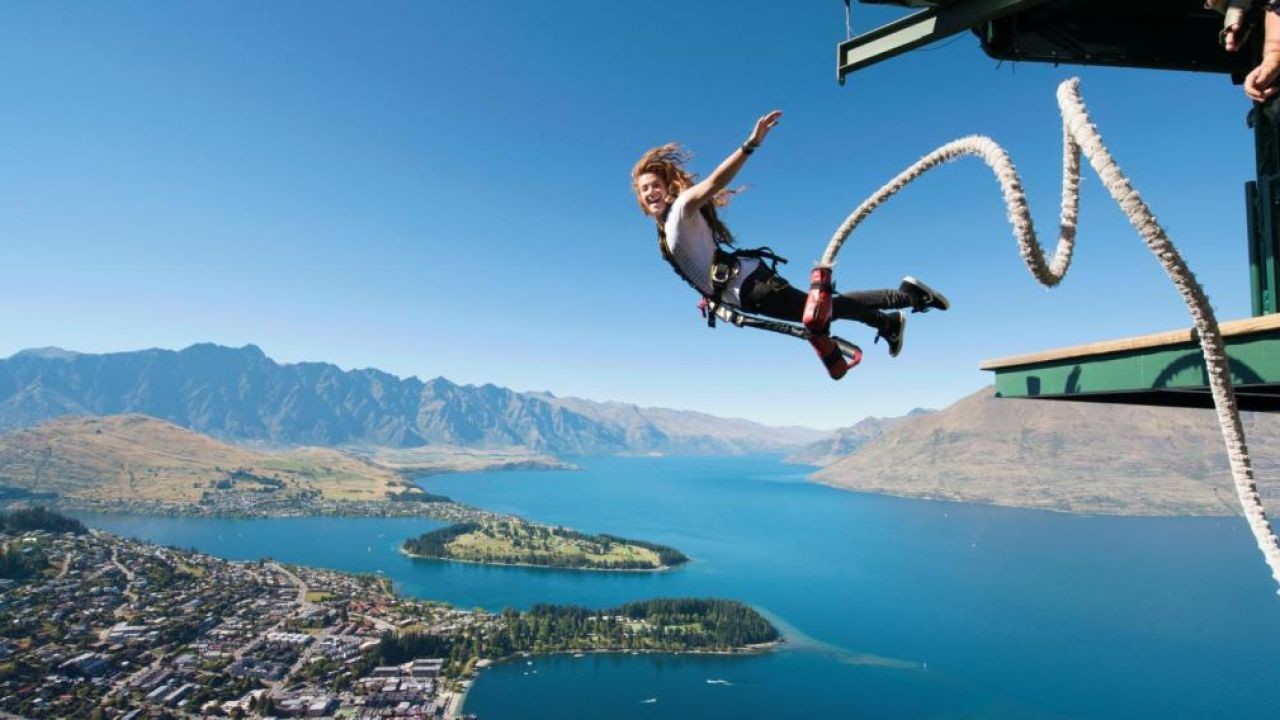





lannar4590624
6 months ago